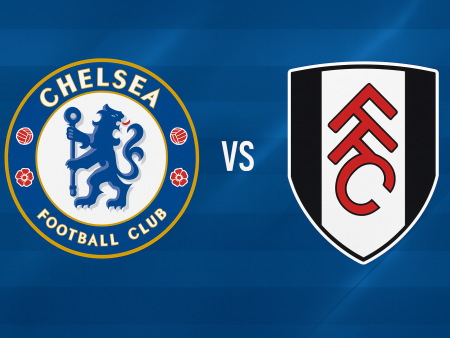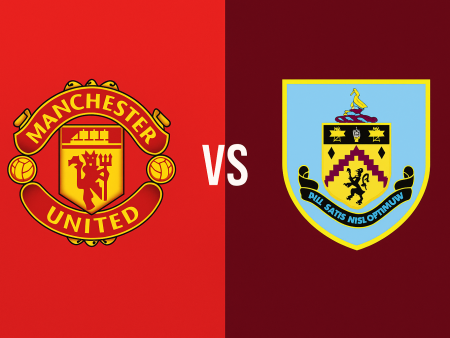The Influence of Pep Guardiola on Modern Football Tactics
In recent years, a growing sentiment has emerged among some football fans, suggesting that the sport is losing its uniqueness as teams worldwide increasingly embrace similar tactical approaches. The trend toward high-possession play, aggressive pressing, building from the back, and involving goalkeepers in attacking phases can often be traced back to the innovative methods of Pep Guardiola. Since taking the helm at Manchester City in 2016, Guardiola has secured fifteen major trophies, not just through results but through his relentless tactical evolution tailored to his squad's strengths.
Guardiola’s Tactical Innovations: Adapting to Player Strengths
A hallmark of Guardiola’s management has been his ability to adapt his tactical system season by season to maximize the abilities of his players. From deploying full-backs in central midfield roles during build-up play, to utilizing defensive midfielders as advanced playmakers, Guardiola continually seeks new solutions. One of his most impactful changes came in 2023, when he began positioning central defenders into midfield zones during the build-up, enhancing ball progression and using players like John Stones for their unique skill sets.
These adjustments were never about isolating the talents of a single individual. Instead, the aim was to amplify collective performance. For instance, pushing Stones into midfield unlocked his dribbling and distribution, which simultaneously took advantage of the defensive capabilities of full-backs like Kyle Walker and Josko Gvardiol, who could cover broader spaces in a back three. This integrated approach strengthened both City’s attacking construction and their ability to defend in transition.
The Shift: Centre-Backs as Full-Backs and the 3+2 Build-Up
One of the most significant recent tactical shifts has been the use of centre-backs as full-backs, a strategy that enabled teams to defend effectively one-on-one in wide areas. Players such as Manuel Akanji and Nathan Ake featured prominently in these hybrid roles at Manchester City. This evolution led to widespread adoption of the "3+2" build-up shape, where a back three supported by two holding midfielders provided a strong foundation for controlled possession and pressing resistance.
Imitation Across Leagues: Not Every Team Reaps the Rewards
Guardiola’s innovations have influenced clubs worldwide, with many imitating these patterns in hopes of replicating City’s success. For example, in Canada, Forge FC mirrored this approach by moving Alexander Achinioti-Jönsson into a central midfield role, allowing the team to leverage its depth in centre-backs and maximize the talent available. The result was a structure tailored to the players, rather than forcing square pegs into round holes.
However, this trend is not universally effective. When Manchester City attempted to replicate the "Stones midfield" formula with Akanji instead, the results were less convincing. This highlighted a crucial lesson: tactical systems must serve the specific strengths and limitations of the players available. Blindly copying a system without the right personnel often leads to complications and exposes teams to unnecessary risks, especially when building from the back under pressure.
The Dangers of Tactical Repetition Without Context
Adopting a successful system from elsewhere can be tempting, but when teams ignore the characteristics of their own squad, it usually results in problems. Some sides have found themselves conceding cheap goals due to overreliance on intricate build-up patterns unsuited to their defenders’ abilities. This risks stunting individual development and overlooks unique talents that do not fit the copied system.
For youth teams in particular, focusing excessively on tactical rotations at the expense of foundational skill development can hinder player growth. True progress comes when coaches adapt their principles to highlight what their players do best, rather than following a rigid template borrowed from elite teams.
The Guardiola Approach: Team First, System Second
The secret behind Guardiola’s enduring success lies in his commitment to evolving tactics based on his players' profiles. Season after season, he alters formations, player roles, and even fundamental philosophies to ensure the entire squad thrives-not just star performers. This flexible, player-focused approach fosters balance and allows every piece of the tactical "puzzle" to contribute to the collective goal.
Coaches at all levels looking to learn from Guardiola’s example should look beyond merely imitating formations or structures. Instead, they should appreciate the importance of crafting a game plan that brings out the best in every individual, ensuring the whole team functions harmoniously.
Conclusion: Building Tactics Around Players, Not the Other Way
Pep Guardiola’s tactical ingenuity has shaped the landscape of modern football, inspiring teams worldwide to adopt new playing styles. Yet, the ultimate lesson from his success is not merely to replicate his systems, but to prioritize adaptability: shaping tactics to fit the unique skills and personalities of the squad at hand. When every position and role is tailored for the players available, teams stand the best chance of achieving both harmony and success on the pitch.













